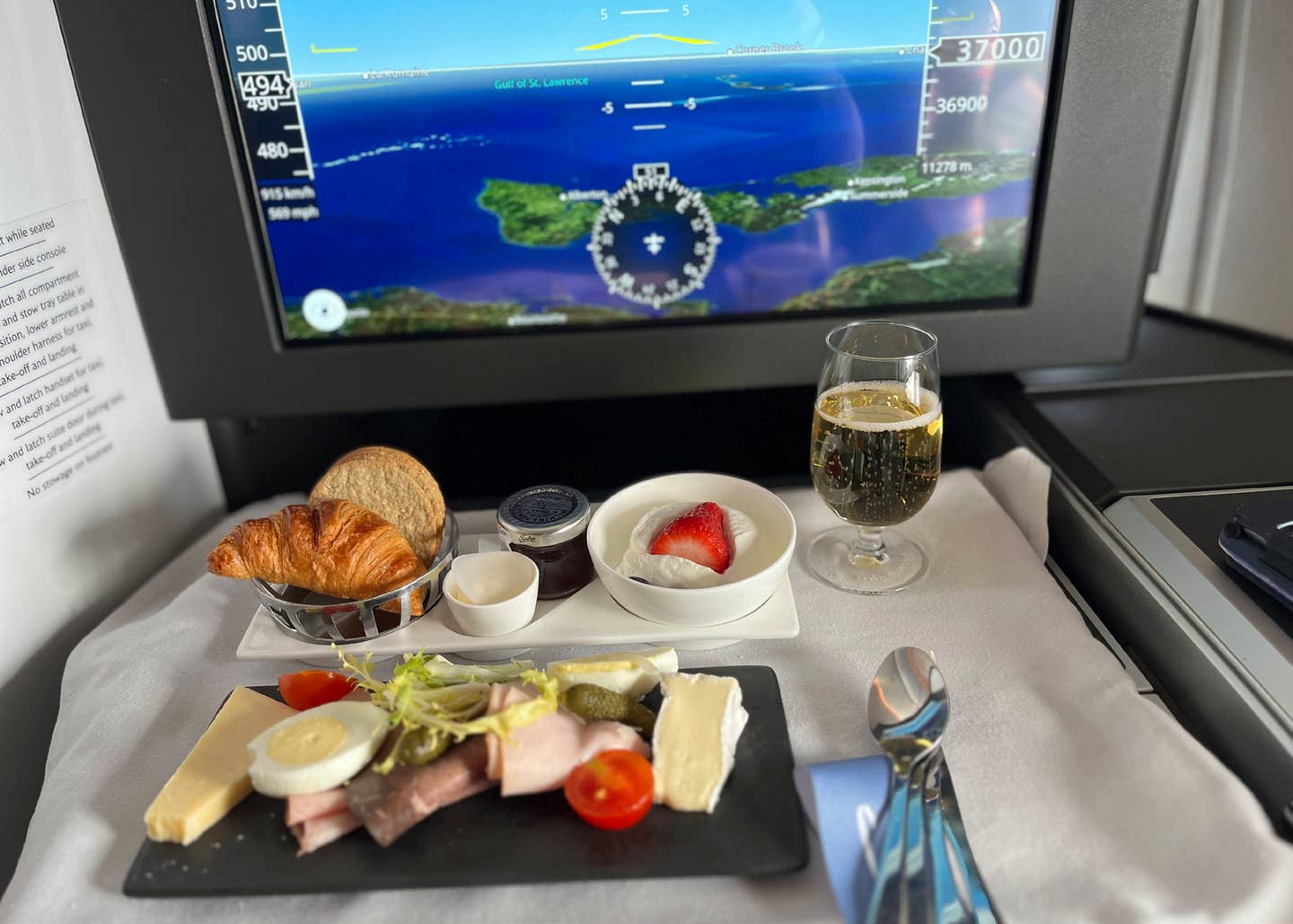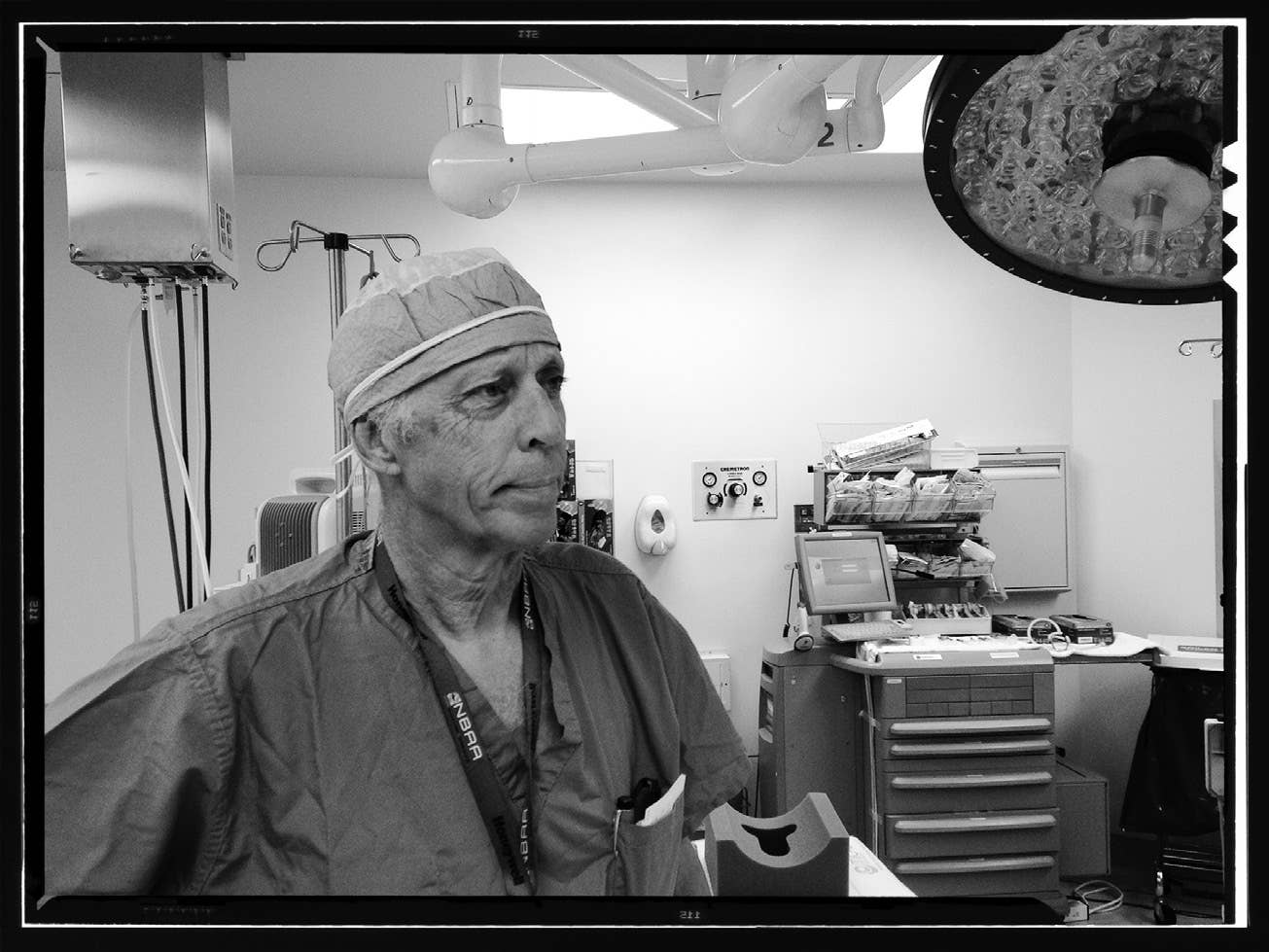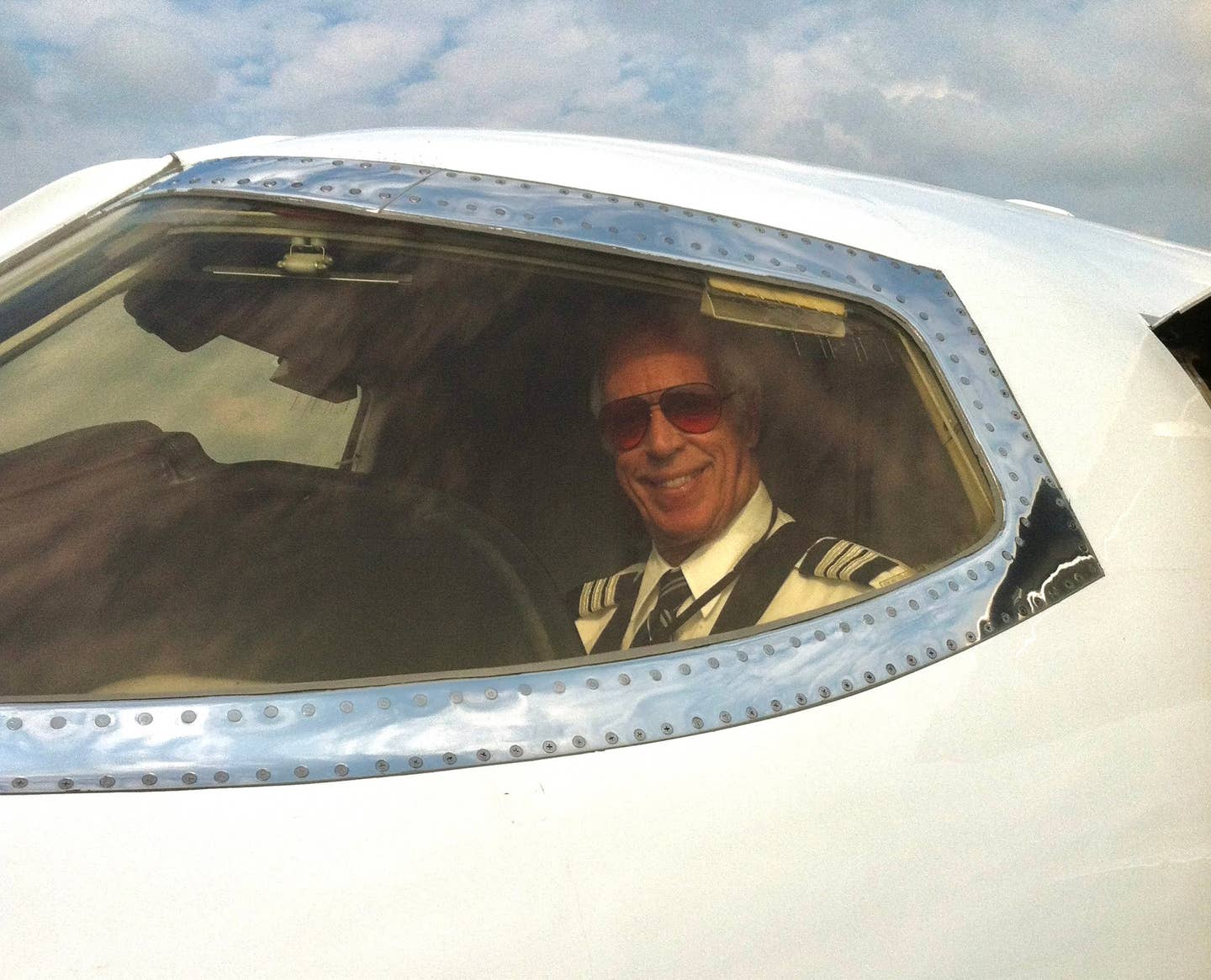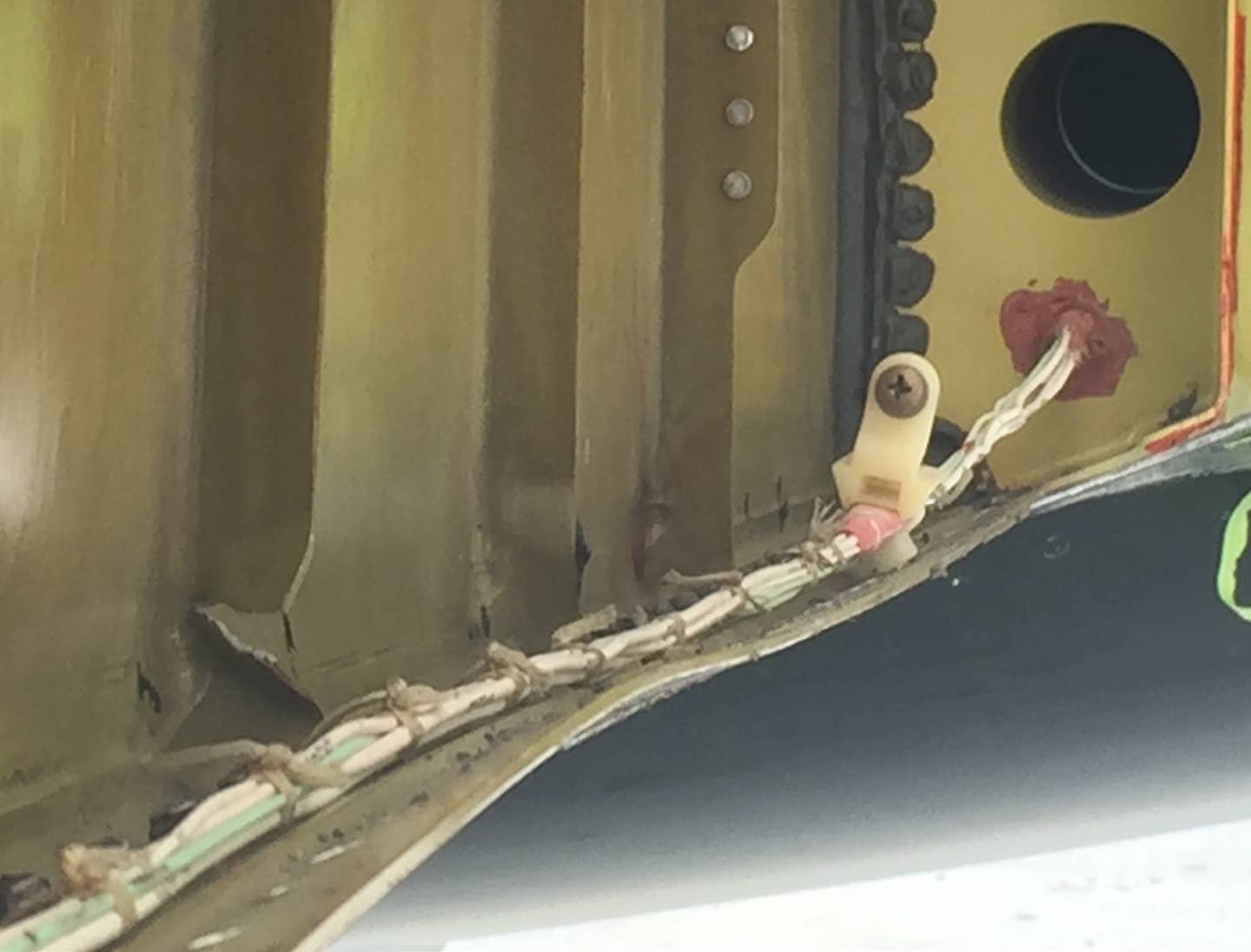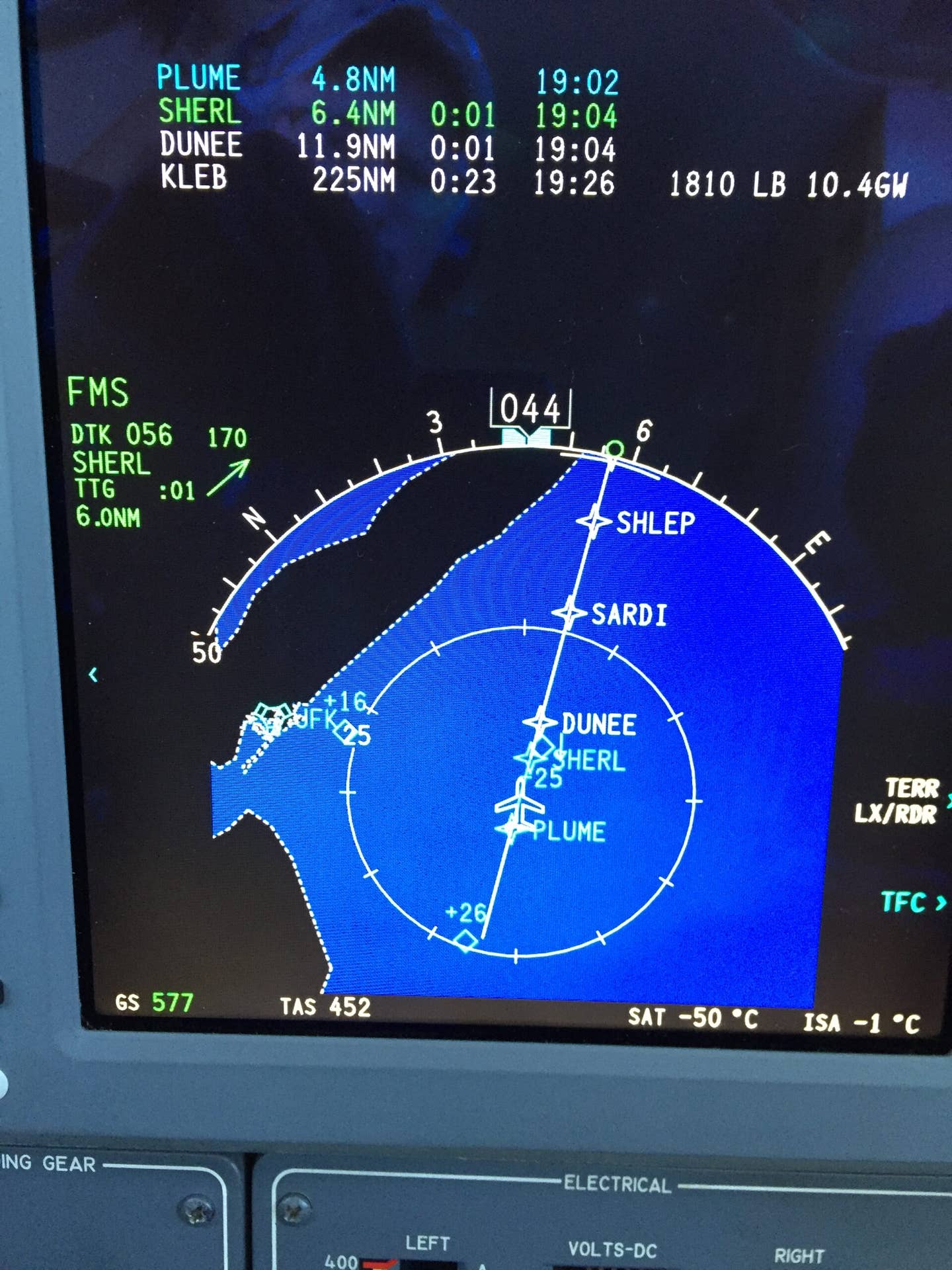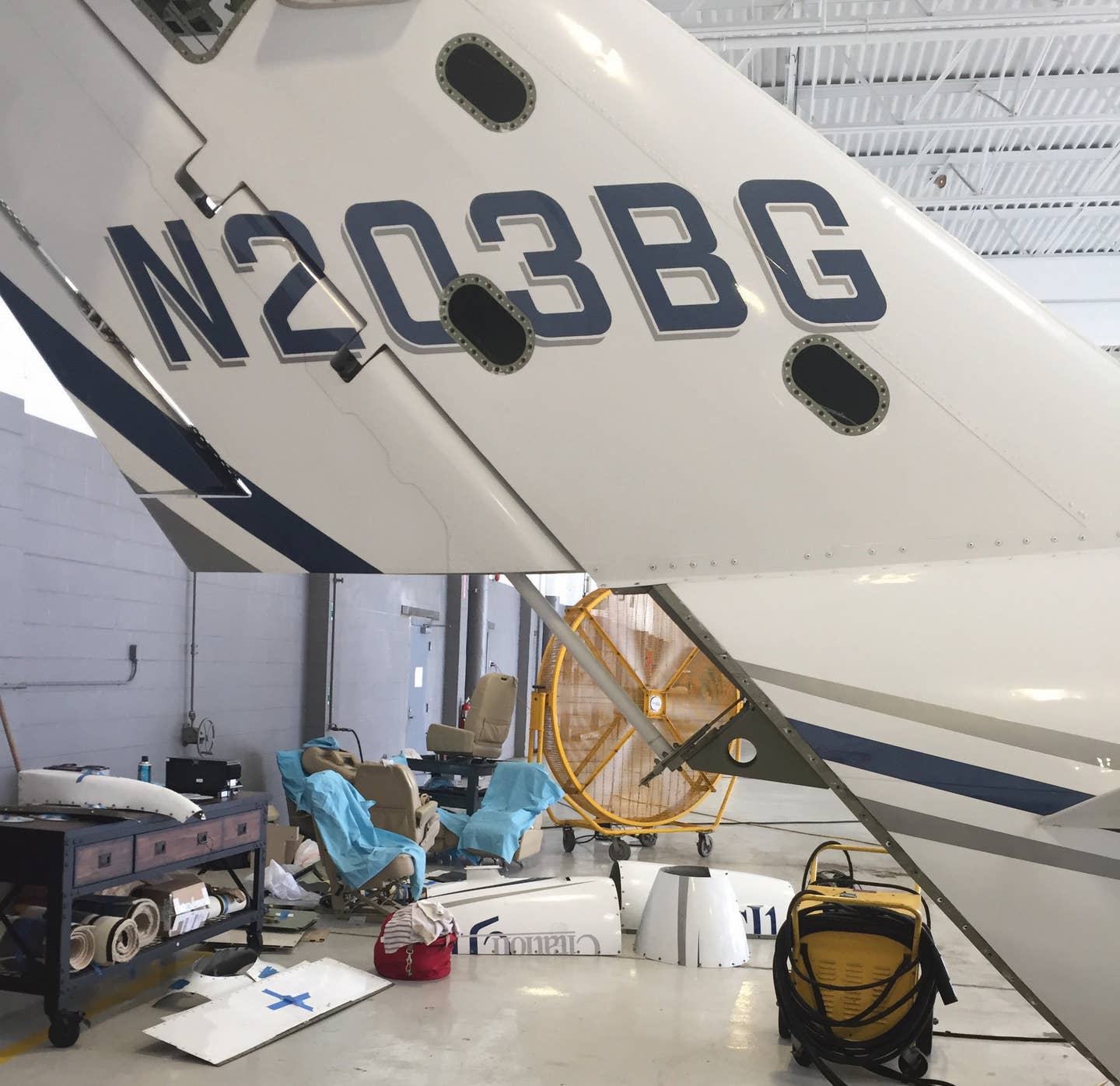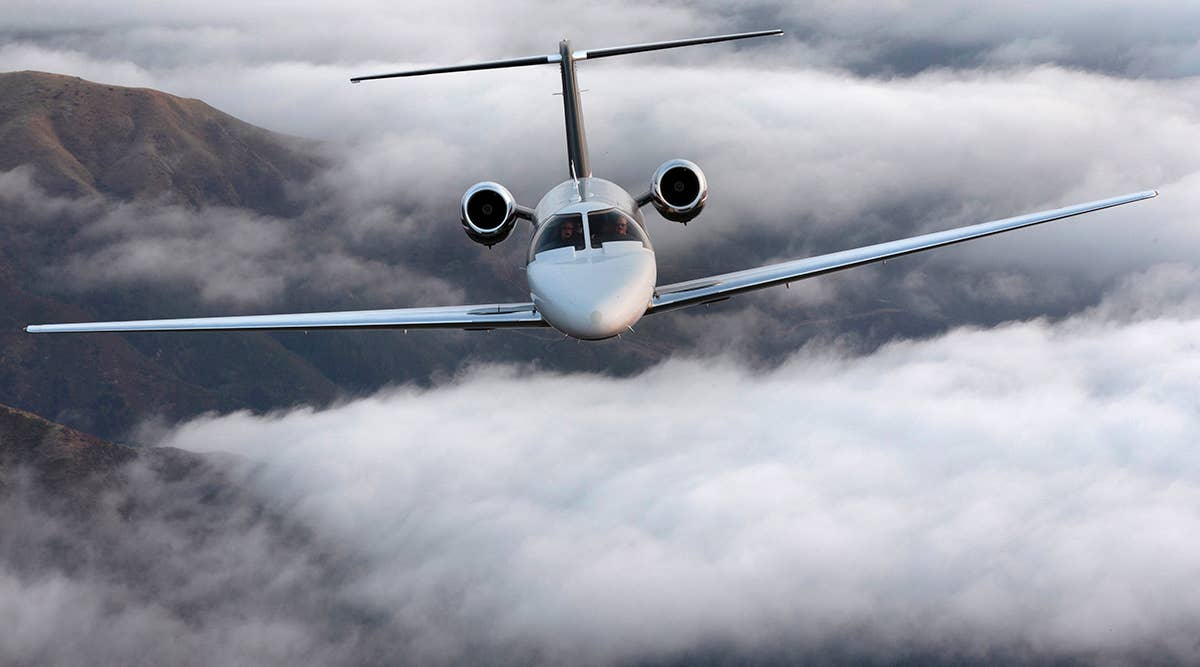
A moment of forgetfulness while flying with his family causes the author to think of other times he had been forgetful. [Photo: Jessica Ambats]
If there was a legitimate explanation for flying my family of five at night from Hartford (KBDL), Connecticut, to Teterboro (KTEB), New Jersey, in a Cessna 210, I can’t for the life of me tell you what it was. Though vaguely aware that the twinkling lights of Connecticut cities and towns had somehow disappeared, this pilot carried on, unconcerned. What I do remember clearly is watching the airspeed indicator drop to zero, seemingly in slow motion. A handy flashlight silhouetted a nice ice ball on the underwing pitot tube. We were in cloud and in icing. Oh, yes, I forgot—I turned on the pitot heat. Nobody noticed. This was a case of more than forgetfulness; this was stupid. This was not my first error of omission, and I would forget the pitot heat more than once in the years that followed. Over a long and favored life of aviation, I have forgotten all manner of important matters, but none have done me in yet.
Aircraft ownership gives one an appreciation for carefulness. A Beechcraft Musketeer bought at auction while I was stationed at Fort Knox, Kentucky, was my first airplane. The engine started with a key, just like a car, but there was another switch, labeled “Master,” that actually put power on the airplane and needed to be turned off when the day was done. The first time I forgot to turn off the master switch and found a dead airplane, a mechanic said to me, “You’ll do that three times and never again afterward.” He was right.
There seems to be a thread of forgetfulness that runs through my flying career, and advancing age hasn’t seemed to make it better or worse.
In one recent experience, things just weren’t adding up. Our flight from Florida to New England was one taco short of a combination plate, as the saying goes. We passed each fix a few minutes later than predicted by ForeFlight, and more important, more fuel had somehow disappeared. No big deal, though. The passengers had been briefed about a possible fuel stop and were understanding, even appreciative. I had an airport picked out for its familiar approaches, nice FBOs and excellent fuel prices.
“There seems to be a thread of forgetfulness that runs through my flying career, and advancing age hasn’t seemed to make it better or worse.”
My request to divert was immediately granted, and I was given the MALNR 5 arrival to Raleigh-Durham (KRDU), North Carolina, and a descent. I loaded the arrival, hit direct to the first fix, pressed the nav button on the mode-select panel, entered the new altitude in the altitude preselect window, dialed in a vertical speed of 1,500 fpm down, and looked up the ATIS. While getting the weather, we were cleared to descend via the arrival and expect an ILS 23R. As I turned my attention to the arrival and approach charts, I felt the airplane make small heading changes consistent with the arrival. Suddenly, I heard, “Three Bravo Gulf, where are you going?”
I looked up at the mode-select panel: The nav light was out; HDG light was out. We were in roll mode, sailing over North Carolina like a pirate ship. What in the world? Well, I’d seen this before. Once on the departure out of Las Vegas, New Mexico, and once on the arrival into Tampa, Florida. So how did I forget to closely monitor the airplane’s track? How many times have I heard during recurrent training, “The mode-select panel is what you ordered for dinner; the PFD tells you what’s coming from the kitchen”? Complacency and familiarity got me. I had forgotten a basic principle of airmanship.
On a contract flight, I’d already loaded all the bags, and Capt. Bill was walking the passengers out to the Cessna Citation CJ2+ under overcast skies. It had been my legs from Lebanon (KLEB), New Hampshire, to Nantucket (KACK), Massachusetts, and on to KRDU. When I turned on the avionics to load the flight plan, Bill tapped the windshield. He mouthed some words that looked like he was saying “Lulu.” What the heck? I was puzzled until Bill stuck his head in and said, “Landing lights.” Sure enough, I’d left the taxi lights on after shutdown.
Checklists work best when two pilots practice “challenge, verify, respond” as standard operating procedure. A well-disciplined crew will use exactly the same words in the SOPs and on the printed checklists. Any deviation will be questioned. You may call them thrust levers, but around here, we call them throttles.
The before-start checklist includes looking at the annunciator panel, but I’ve seen a “door unlocked” after start more than once. In my Part 135 flying days, the guy who did the walk-around was the guy who had to get out and lock the hatch. Once this required taxiing back into the FBO on a snowy night.
In the single-pilot environment—in which many of us find ourselves—actually saying things out loud is helpful, if a little puzzling or even alarming to passengers. When the airplane isn’t climbing like it is supposed to, better run that “after takeoff” checklist again. Just because you flicked up the gear handle doesn’t mean the wheels are all nestled in the wells. Same goes for the flaps. Muscle memory might suggest the flaps are up, but a double-check might prove otherwise.
Here’s where the difference between “flow” and checklists becomes important. After-takeoff flow in our CJ1 goes like this:
“Positive Rate”: Gear up.
“400 feet V2 plus 10”: Flaps up.
“1,500 feet”: Set climb power, engine sync on, ignition off.
Then, out comes the checklist to challenge, verify by pointing and confirm that I’ve done all these things. There’s a reason for these simple tools.
So far, I haven’t forgotten to lower the landing gear, but you know what they say: “There are two kinds of pilots. Those who have made a gear-up landing and those who haven’t yet.” In talking to pilots who have forgotten to lower the gear, there is a common thread: In each instance, there was a distraction, be it a traffic warning (common around airports), an unusual speed or altitude restriction.
Speaking of distractions, I find myself joking with line personnel on the ground when I should be paying attention. After all, a walk-around is performed at zero feet above ground and therefore well below 10,000 feet, where the only conversation should be about the safe conduct of the flight. A friend of mine who owned a fancy single-engine speedster once started up only to find he’d forgotten to pull the chocks. This happened more than 10 years ago, but he mentioned it to me again just today. In fact, he mentions it almost every time I see him. The man has high standards.
There is an item I hope never to forget, and it’s not on any checklist. Sometimes, in the rush to get going because we’re late, or weather is approaching, or the passengers are eager, I may forget to say thanks to all the people who make flying so much fun. So, to the line guys, controllers and maintenance people who make it all possible: Thank you!
Editor's Note: This article originally appeared in the December 2021 issue of FLYING.

Sign-up for newsletters & special offers!
Get the latest FLYING stories & special offers delivered directly to your inbox

